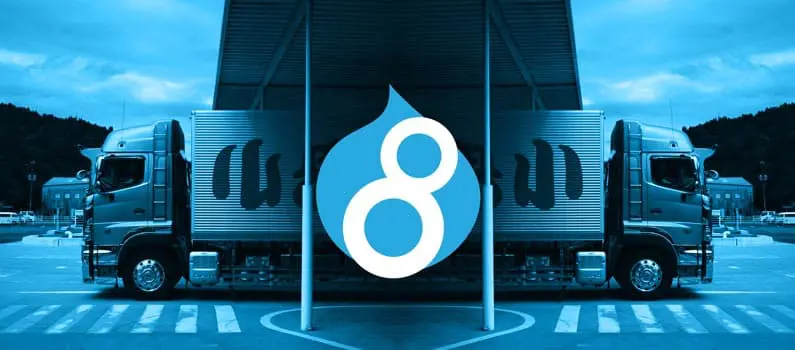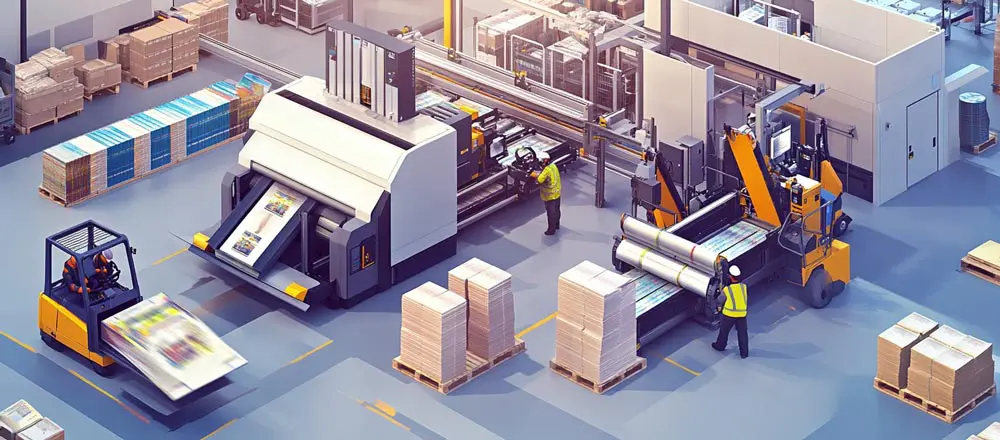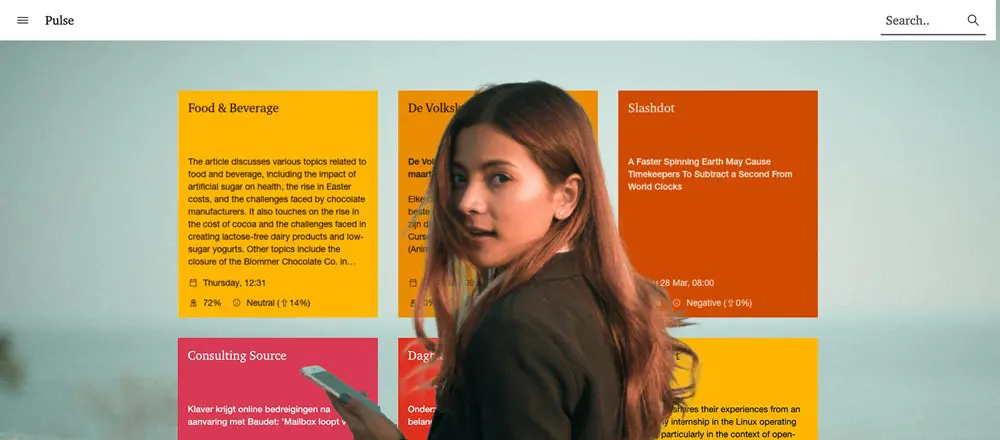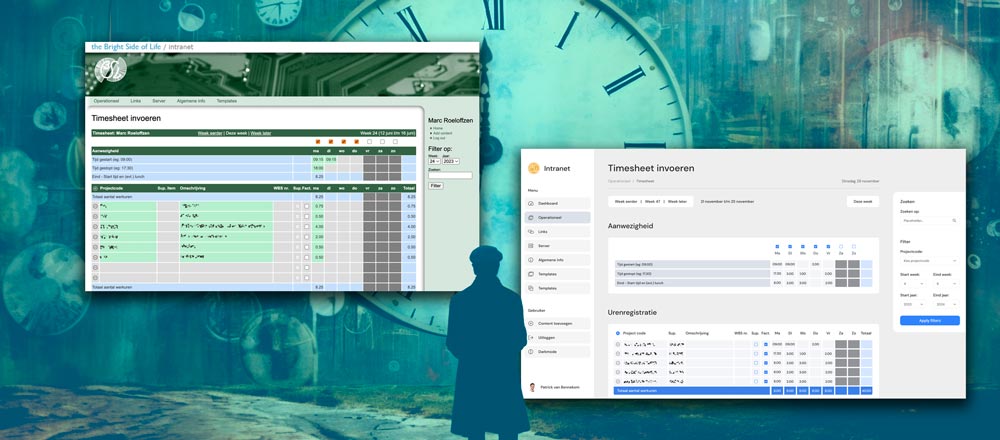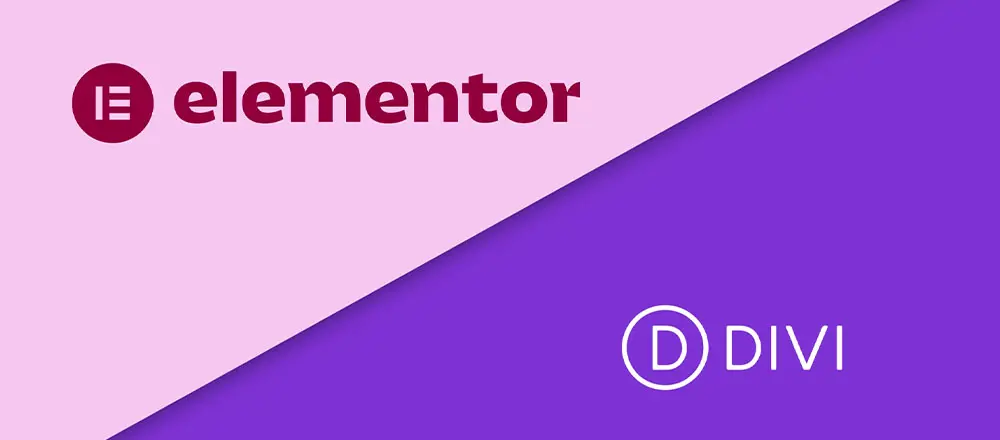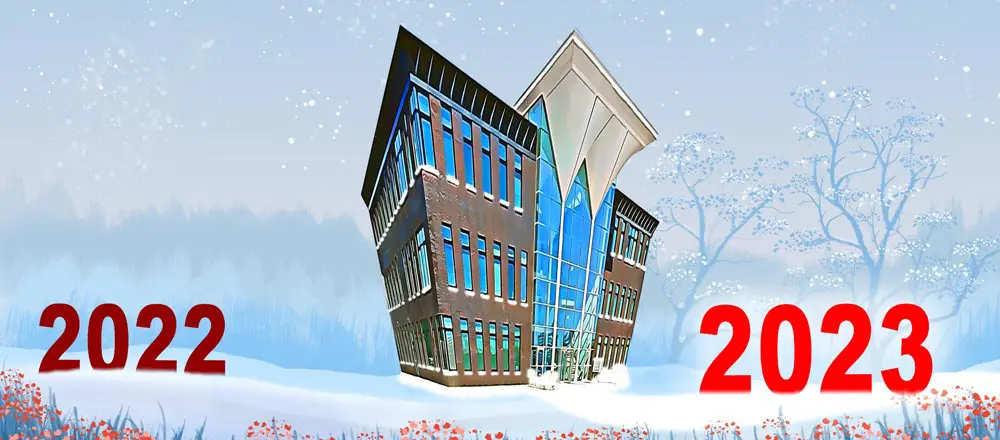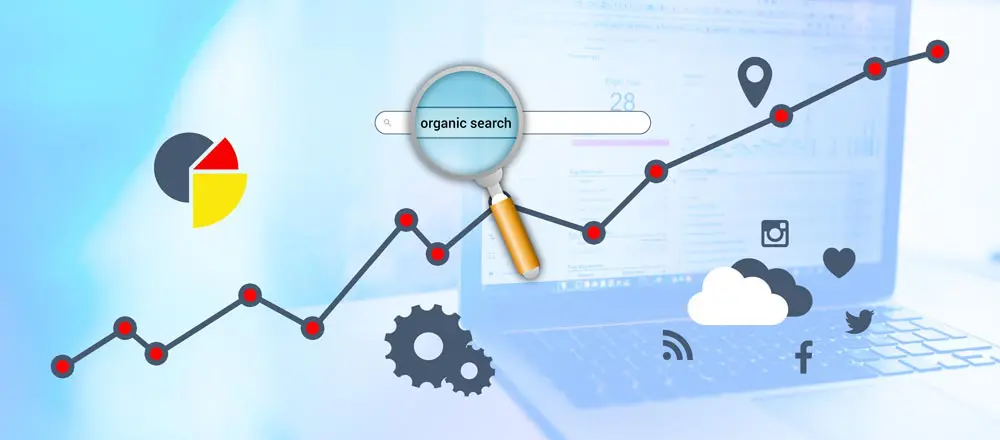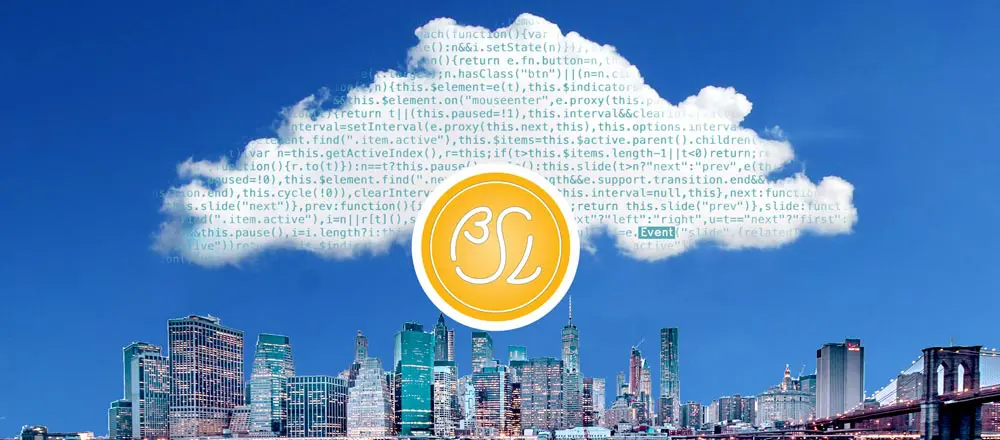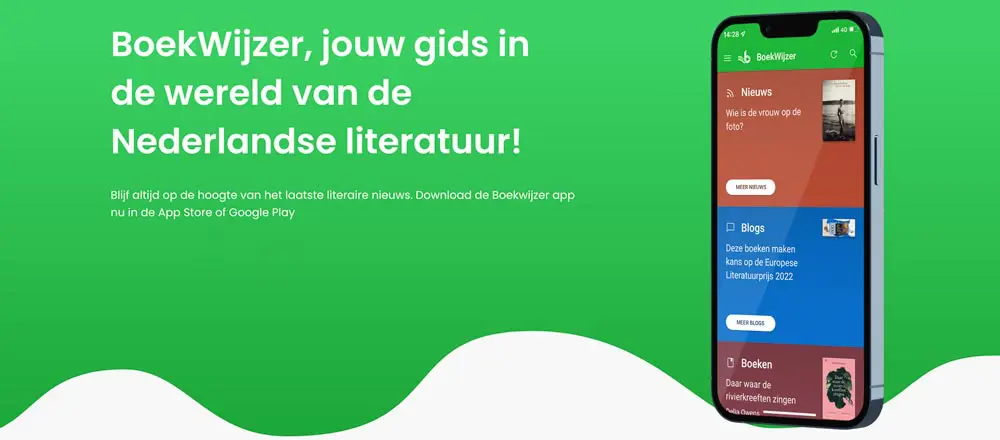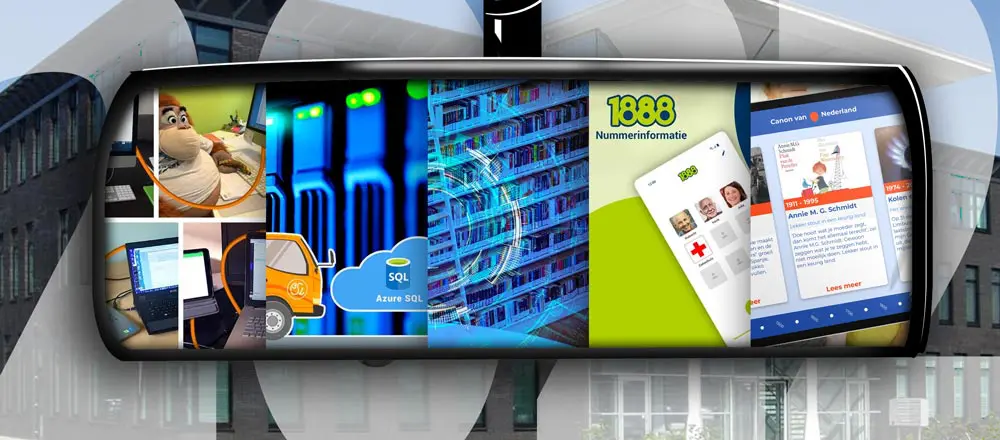Developers have been working on Drupal 8 since the end of 2012. The first release was finally published in 2015. However, Drupal 7 users were cautious about opting for a Drupal 8 migration. Why? Firstly, because Drupal 8 contained so many changes. And secondly, many popular Drupal 7 modules were not available in the early releases. But fast forward a few years to 2018… Drupal 8 is now mature. With stable releases that can be used for production sites. And with almost 200,000 Drupal 8 sites currently online, now is the time to make the switch. Here are some of the main reasons for Drupal 8 migration…
1. Object-oriented architecture
Because Drupal 8 is object-oriented, clear rules apply to the code structure. You can reuse your code more easily. As a result, Drupal 8 has become a far more complete CMS framework. There are other advantages too. You can maintain and update Drupal far more easily. Also, the changes make it easier to migrate to a future version 9.
2. Caching System
In Drupal 8, an entire page is no longer cached. The caching works per component. So if you modify part of a page, only the part that has been changed will be reloaded. This offers big performance benefits in complex websites.
3. REST API (web services)
Drupal 8 provides a REST API “out-of-the-box”. Meaning you can easily disconnect the front-end from the backend. You can quickly integrate a headless/decoupled REST API with a separate framework, such as (angular.js, vue.js or React). Therefore you can use it to create an alternative front-end, independent from Drupal. In addition, it offers you the possibility to use your Drupal 8 backend to create different content types. Which lets you use Drupal 8 built-in templates to display some of your content, while sending custom content to other web applications. In other words, you have complete control over the various content types using a single back-end.
Here’s what Drupal founder Dries wrote on drupal.org about the Drupal 8 API-first platform
4. Flexible and scalable
Drupal 8 is very easily scalable. From small and medium-sized sites, to millions of page views / multiplatform sites for large companies. For small companies, the combination of the API-first character and the completely renewed back-end UX (User eXperience) means that Drupal 8 can meet all their needs. Regardless of whether they have small but highly integrated systems. Or large and complex infrastructures.
5. Better multilingual support
The entire multilingual support architecture has been entirely rebuilt from the ground up. So you no longer need to modify the code to support multiple languages. In the management module, translation is now a piece of cake.You can automatically download software translations from the Drupal community too. Any part of Drupal 8 can be simply and easily translated.
6. Managing content is even easier
Managing pages was easy in Drupal 7, using the edit button found on every page. But Drupal 8 goes a step further, introducing inline editing. This simply means you can edit the content of a page without using a special management module, or seeing a pop-up. If you are logged in as an administrator or editor, just click on the text you want to edit, modify it and then confirm that you have finished editing. Your page is then updated automatically.
7. Mobile first
Drupal 8 has been designed as ‘mobile first’. All built-in themes that come with Drupal 8 are responsive. Combined with an admin theme that fits different screen sizes, and a ‘Back to site’ button to go back to the front page. Tables fit every screen size, and the new admin toolbar works well on mobile devices.
8. Configuration management
Configuration management has been built into the file system level of Drupal 8. Which makes it simple to transfer configuration elements (such as content type, views, blocks or fields, etc.) from local development to the staging or production server. You can use a version control system such as Git to keep track of the configuration changes. Configuration data is stored in so-called Yaml files, separate from the site database.
Drupal 8 migration – Why wait?
So the question shouldn’t be “why upgrade?”, but “why wait?” Drupal 8 clearly offers many advantages compared to 7. And because many new modules are only suitable for version 8, you’ll miss new features if you stay with version 7.
BSL has already carried out several successful projects with Drupal 8, including Drupal 7 – 8 migrations. Would you like to know what it would mean for your site? Or perhaps you are already thinking about Drupal 8 migration? Then contact us for a no-strings-attached consultation or offer!

